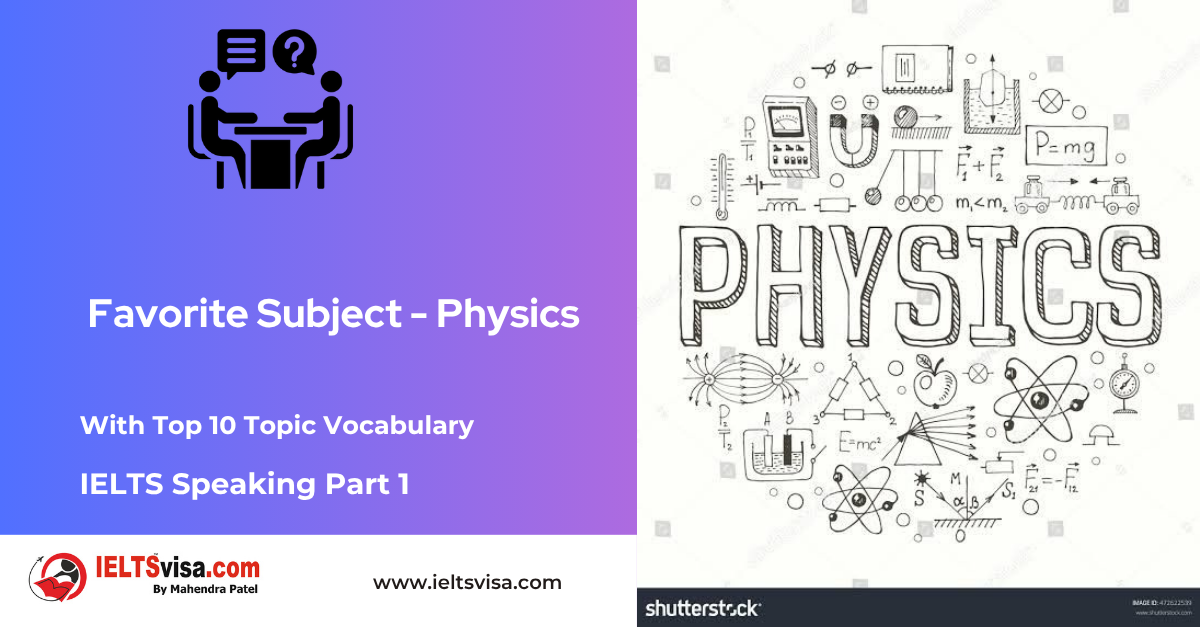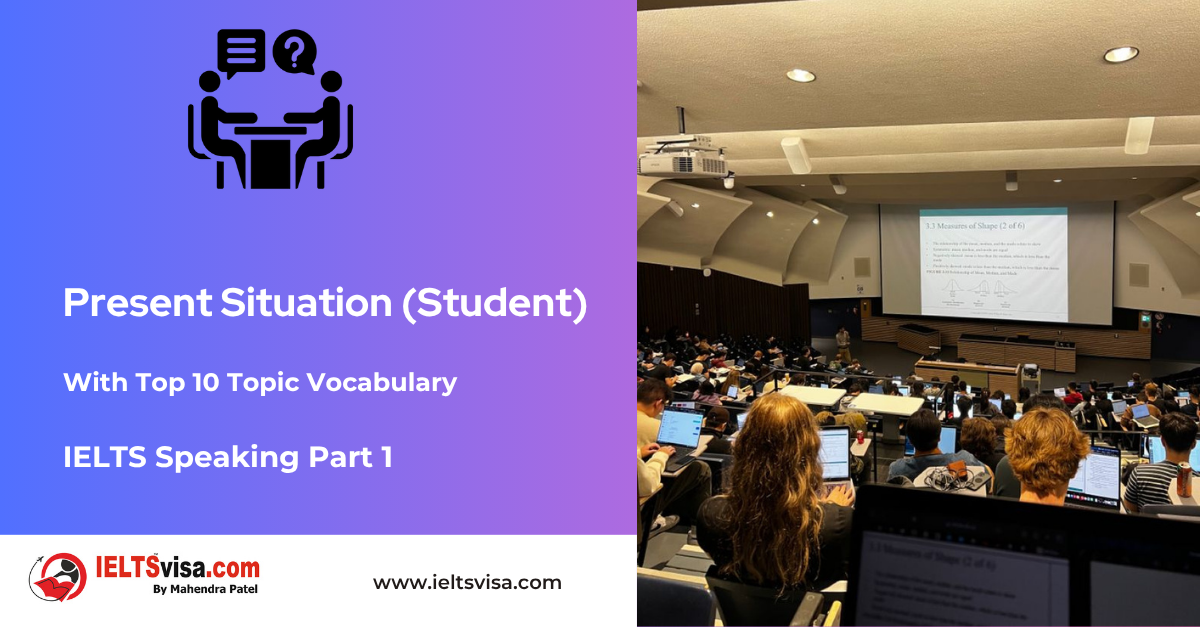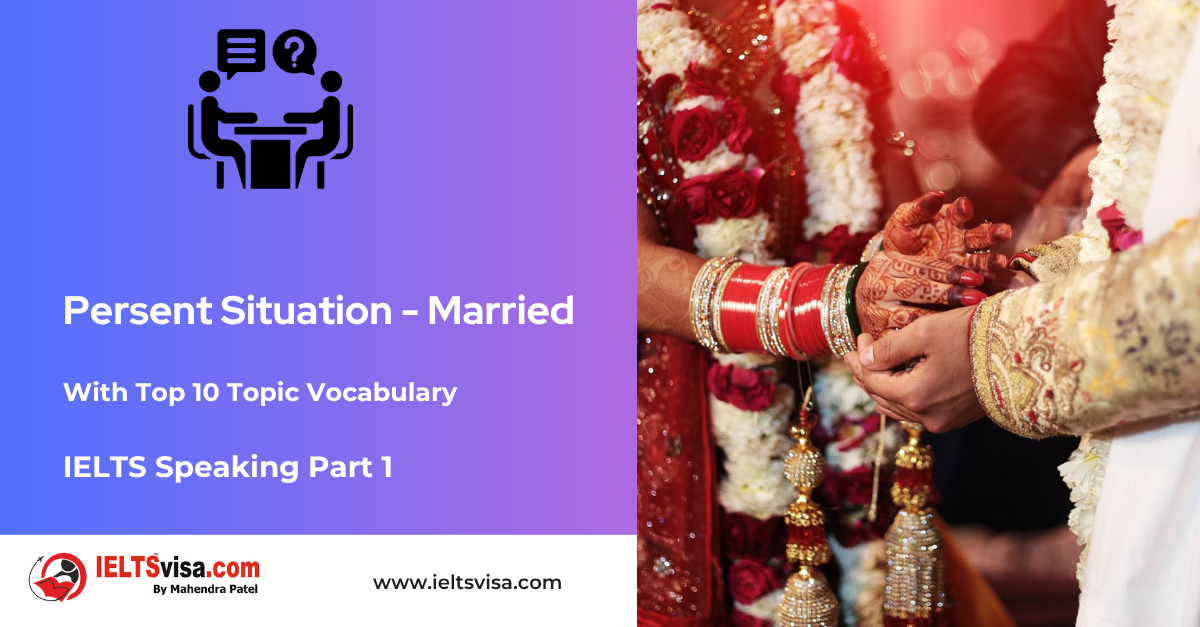Proper nouns vs. common nouns
Grammar for IELTS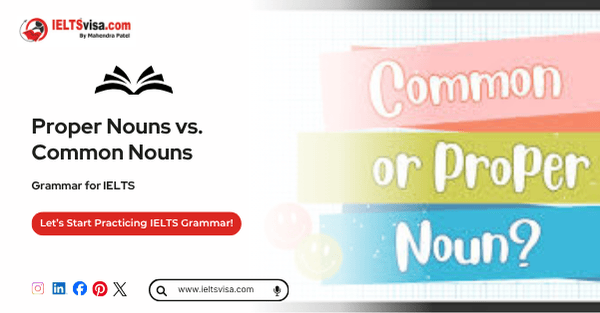
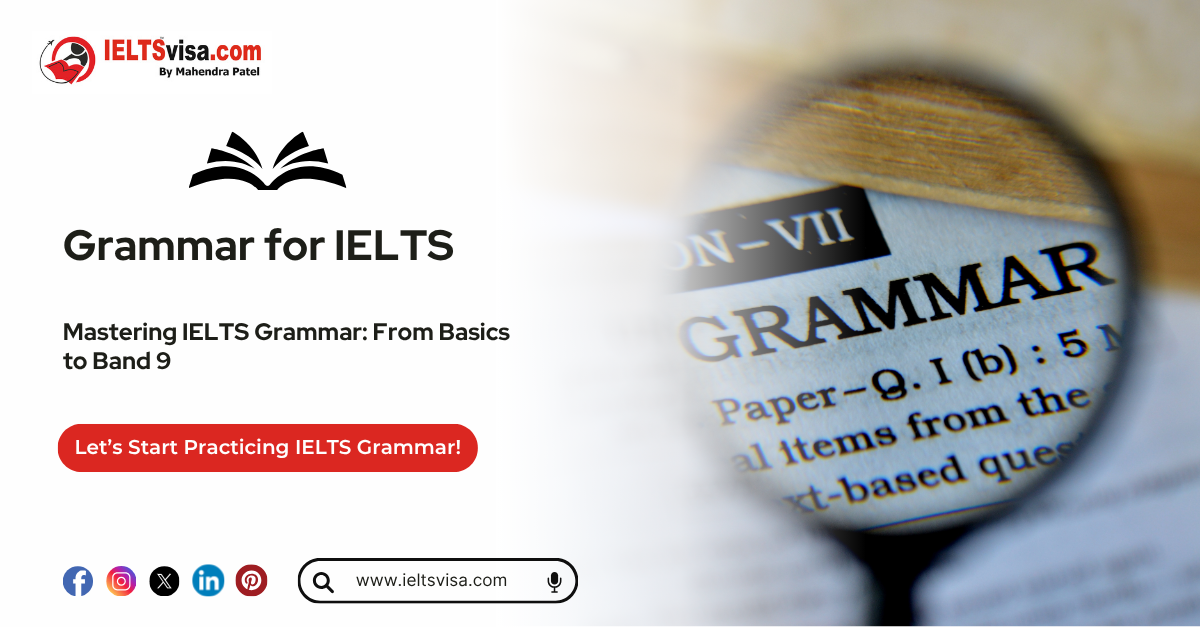
Proper nouns vs. common nouns
Nouns are foundational to every sentence, as they help us name and describe people, places, things, and ideas. While all nouns serve a similar purpose, they can be divided into two main types: common nouns and proper nouns. Understanding the difference between these types is crucial for correct capitalisation and clarity in your writing.
What Are Proper Nouns and Common Nouns?
Definition of Common Nouns
A common noun is a general term used to name people, places, things, or ideas. These nouns are not specific and are not capitalised unless they begin a sentence.
Examples of Common Nouns:
-
- People: teacher, doctor, athlete
- Places: city, park, country
- Things: book, chair, car
- Ideas: happiness, courage, friendship
Definition of Proper Nouns
A proper noun, on the other hand, names a specific person, place, thing, or idea. Proper nouns are always capitalised, regardless of where they appear in a sentence.
Examples of Proper Nouns:
-
- People: Albert Einstein, Serena Williams
- Places: London, Grand Canyon
- Things: iPhone, The Mona Lisa
- Ideas: Christianity, Industrial Revolution
Key Differences Between Common and Proper Nouns
The primary difference between common and proper nouns is their specificity and capitalisation.
|
Feature |
Common Nouns |
Proper Nouns |
|
Specificity |
General or generic |
Specific or unique |
|
Capitalisation |
Not capitalised (except at the start of a sentence) |
Always capitalised |
|
Examples (People) |
artist, author |
Leonardo da Vinci, J.K. Rowling |
|
Examples (Places) |
country, city |
France, Tokyo |
|
Examples (Things) |
phone, book |
Samsung, War and Peace |
|
Examples (Ideas) |
democracy, religion |
Buddhism, Renaissance |
Examples of Common and Proper Nouns
Here is a table illustrating the differences with examples:
|
Common Nouns |
Proper Nouns |
|
President |
Barack Obama |
|
mountain |
Mount Everest |
|
movie |
Inception |
|
holiday |
Christmas |
|
river |
Nile River |
|
musician |
Taylor Swift |
|
religion |
Islam |
|
book |
Pride and Prejudice |
How to Use Common and Proper Nouns?
Capitalisation Rules
-
- Proper nouns are always capitalised, regardless of where they appear.
-
- Example: New York City is a popular tourist destination.
-
- Common nouns are only capitalised if they begin a sentence or are part of a title.
-
- Example: Dogs are loyal animals. (capitalised at the beginning of the sentence)
-
- Proper nouns are always capitalised, regardless of where they appear.
Titles and Names
Common nouns can turn into proper nouns when they are part of a name or title.
-
- Common: The president addressed the nation.
- Proper: President Lincoln delivered the Gettysburg Address.
Tips for Differentiating Common and Proper Nouns
1. Look at Capitalisation: If a noun is capitalised in the middle of a sentence, it is likely a proper noun. Common nouns are usually lowercase unless they start a sentence.
-
- Example: The Eiffel Tower is in Paris.
2. Ask About Specificity: If the noun refers to something specific, it is a proper noun.
-
- Common: I visited a museum.
- Proper: I visited the Louvre Museum.
3. Think About Names and Titles: Names and specific titles are always proper nouns.
-
- Example: Captain Jack Sparrow is a fictional character who is often portrayed as a pirate.
Test Your Knowledge
Identify whether the bolded nouns are common or proper nouns:
1. My favourite movie is Titanic.
2. She visited the park last weekend.
3. Michael Jordan is a basketball legend.
4. We saw a herd of elephants on the safari.
5. Have you read The Great Gatsby?
Answers:
1. Proper noun
2. Common noun
3. Proper noun
4. Common noun
5. Proper noun
Frequently Asked Questions
Q1. What is a proper noun?
A proper noun names a specific person, place, thing, or idea. It is always capitalised. Examples: Eiffel Tower, Nelson Mandela.
Q2. Can a word be both a common and proper noun?
Yes. For example:
-
- Common: The school is closed today.
- Proper: Springfield High School is organising a fundraiser.
Q3. Why is capitalisation important for proper nouns?
Capitalisation helps distinguish proper nouns from common nouns, ensuring clarity and specificity in written communication.
Q4. Are brand names proper nouns?
Yes, brand names are considered proper nouns. Examples: Apple, Coca-Cola, Adidas.
Q5. How do you tell the difference between a common and proper noun in a sentence?
Look for specificity and capitalisation. Proper nouns are always specific and capitalised, while common nouns are generic and lowercase (unless they start a sentence).

Our Books
Master IELTS Speaking Part 1
IELTS Writing Task 1 Book
IELTS Writing Task 2 Book
Practice IELTS Other Modules
IELTS Listening
The IELTS Listening test assesses how well you can understand spoken English in various contexts. It lasts about 30 minutes and is divided into four sections with a total of 40 questions. The listening tasks become increasingly difficult as the test progresses.
IELTS Academic Reading
The IELTS Academic Reading section assesses your ability to understand and interpret a variety of texts in academic settings. It is designed to evaluate a range of reading skills, including skimming for gist, reading for main ideas, reading for detail, understanding inferences, and recognizing a writer's opinions and arguments.
IELTS Speaking
The IELTS Speaking test assesses your ability to communicate in English on everyday topics. It lasts 11-14 minutes and consists of three parts: introduction, cue card, and a discussion based on the cue card topic.
IELTS General Reading
IELTS General Reading tests your ability to understand and interpret various types of texts. Here are some key areas and types of content you can expect to encounter in the reading section, along with tips for effective preparation.
IELTS Academic Writing Task 1
In IELTS Academic Writing Task 1, you are presented with a visual representation of information, such as graphs, charts, tables, or diagrams, and you are required to summarize, compare, or explain the data in your own words.
IELTS General Writing Task 1
In IELTS General Writing Task 1, you are required to write a letter based on a given situation. The letter can be formal, semi-formal, or informal, depending on the prompt. Here’s a breakdown of the key components to include in your letter
IELTS Academic Writing Task 2
In IELTS Academic Writing Task 2, you are required to write an essay in response to a question or topic. Here’s a guide to help you understand the essential elements of this task
IELTS Exam Tips
To succeed in the IELTS exam, practice regularly, familiarize yourself with the test format, improve your vocabulary, develop time management skills, and take mock tests to build confidence.
Grammer for IELTS
Grammar is the foundation of effective communication in English. Understanding tense usage, subject-verb agreement, and sentence structure enhances clarity and coherence in writing and speaking.
Vocabulary for IELTS
Vocabulary plays a crucial role in the IELTS (International English Language Testing System) exam, especially in the Speaking and Writing sections. Here’s an overview of why vocabulary is important and how it impacts your performance
RECENT IELTS SAMPLES QUESTIONS AND ANSWERS
IELTS Speaking Part 1 – Favourite Sujbect – Physics
IELTS Speaking Part 1 - Favourite Sujbect - Physics Q: What is your favourite subject? A: My favourite subject...
IELTS Speaking Part 1 – Present Situation (Student)
IELTS Speaking Part 1 - Present Situation (Student) Q1: Are you a student or do you work?A: I’m a full-time...
IELTS Speaking Part 1 – Present Situation – Employee – as an International Student and Social Worker
IELTS Speaking Part 1 - Present Situation - Employee - as an International Student and Social Worker Q1: Are...
IELTS Speaking Part 1 – Persent Situation – Employee- as an Electric Engineer
IELTS Speaking Part 1 - Persent Situation - Employee- as an Electric Engineer Q1: What do you do for a...
IELTS Speaking Part 1 – Persent Situation – Employee – as an Software Engineer
IELTS Speaking Part 1 - Persent Situation - Employee - as an Software Engineer Q1: What do you do for a...
IELTS Speaking Part 1 – Persent Situation – Married
IELTS Speaking Part 1 - Persent Situation - Married Q1: Are you married?A: Yes, I am married. My spouse and I...

